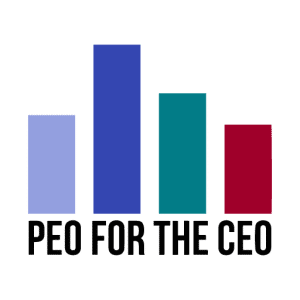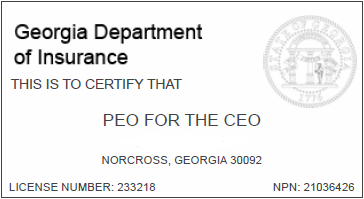1.1 The PEO Advantage: How Large Group Policies Drive Big Savings
For small and mid-sized businesses, group medical insurance premiums are rising rapidly, and Q4 is the busiest time to make renewal decisions. Smart companies are turning to Professional Employer Organizations (PEOs) to unlock large-group buying power, streamline HR, and reduce costs—all without cutting employee benefits.
We recently worked with a
125-employee company and helped them
save over $250,000 annually by moving to a
PEO master health plan, while keeping employee benefits at the same high level.
🧩 What Are PEO Master Health Plans?
PEO Master Health Plans are large-scale group health insurance programs offered through PEOs. They provide:
👥 Group Buying Power
Employees from multiple businesses are pooled together, unlocking better rates and more robust coverage than most small or mid-sized companies could negotiate on their own.
📊 Beyond Insurance
PEOs also handle:
- HR administration
- Payroll management
- Compliance oversight
- Benefits administration
This creates a
one-stop solution for employers, reducing administrative burden and freeing business leaders to focus on growth.
⚠️ What’s Changing in 2025?
While PEO master plans remain a viable strategy, the market is shifting:
- Stricter Underwriting: Small businesses with low participation or high claims may be denied access to certain master plans.
- Carrier Pullbacks: Some insurance carriers are reducing their PEO master plan offerings.
- Industry Exclusions: Higher-risk industries such as construction, food service, and transportation may face additional barriers.
Good news: As a PEO broker with access to 600+ PEOs, we can match your business with PEOs that have the right appetite for your industry and workforce.
✅ Is a PEO Master Plan Still Right for Your Business?
PEO master plans are ideal for companies that meet certain criteria:
- 10+ employees with a low claims history
- Employers contributing generously to benefits
- Groups with 80%+ participation in medical coverage
- Multi-state employers needing HR and compliance support
- Companies preparing to
scale or seek funding
For businesses that don’t meet these thresholds, level-funded or open-market plans may provide more flexibility and still deliver cost savings.
🧠 Pro Tip: Questions to Ask Yourself
Before moving forward, ask yourself:
- Do you want to bundle HR, payroll, and compliance with your benefits?
- Is your company preparing to scale or attract funding?
- Are you juggling multiple vendors across states?
- Are you open to
evaluating a new payroll or HRIS platform?
If you answered “yes” to any of these, a PEO master plan could be the right strategic move for your business.
📈 Next Step: See the Numbers for Yourself
We provide side-by-side PEO comparisons at no cost, so you can see whether a PEO, level-funded plan, or another option is the best fit before your Q4 renewal deadline.
📩 Email:
suzanna@peofortheceo.com to get started today.
Stay Tuned
In the next article in our series, we’ll explore
Level-Funding Strategies for 2025 Health Plans, including real-world savings examples and tips for small businesses navigating rising premiums.


